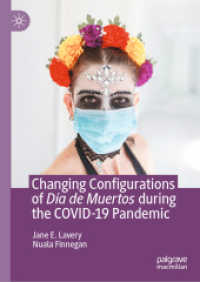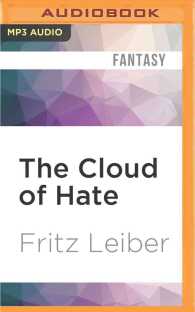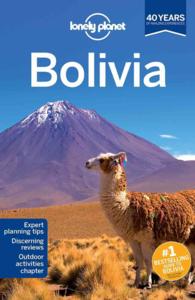- ホーム
- > 洋書
- > 英文書
- > History / World
Full Description
This book showcases how to co-produce research when we are unable to meet in the same geographical space. It details a remote and hybrid audio-visual participatory methodology through which women share their experiences of displacement, gender, and the city.
Writing as researchers and filmmakers in the UK and Colombia, alongside 24 displaced women in Bogotá and Medellín, this participatory audio-visual project explores displacement from the women's perspectives. The book is innovative in its collaborative writing and its combination of audio-visual and textual material. It presents a methodology for remote and hybrid research, advocating for more inclusive, equitable, and decolonising research interactions. Through three co-written chapters, it contributes to themes of displacement, gender, and the city, as displaced women share testimonies and audio-visual outputs, revealing experiences of violence, conflict, and aspirations for change as they rebuild their lives.
This book stands out for its collaborative authorship and integration of text with audio-visual material, offering rich insights. It will interest researchers and practitioners working inside and outside universities who are interested in developing remote, hybrid, and audio-visual participatory methodologies, as well as those who want to understand more about displacement and the challenges of urban resettlement from women's perspectives.
After reading this book we'd appreciate if you could let us know what you think by answering some quick questions: https://app.onlinesurveys.jisc.ac.uk/s/newcastle/co-producing-knowledge-with-displaced-women-in-colombia
The Open Access version of this book, available at www.taylorfrancis.com, has been made available under a Creative Commons Attribution (CC BY) 4.0 license.
Contents
Chapter 1 - Introduction Chapter 2 - Colombia, violence, and the victims of the conflict Chapter 3 - Researching remotely: Methodological considerations Chapter 4 - The audio-visual as a tool for transformation Chapter 5 - Displacement Chapter 6 - Urban challenges and rebuilding life in the city Chapter 7 - Hopes for a better future Chapter 8 - Conclusion: What's in a book?








